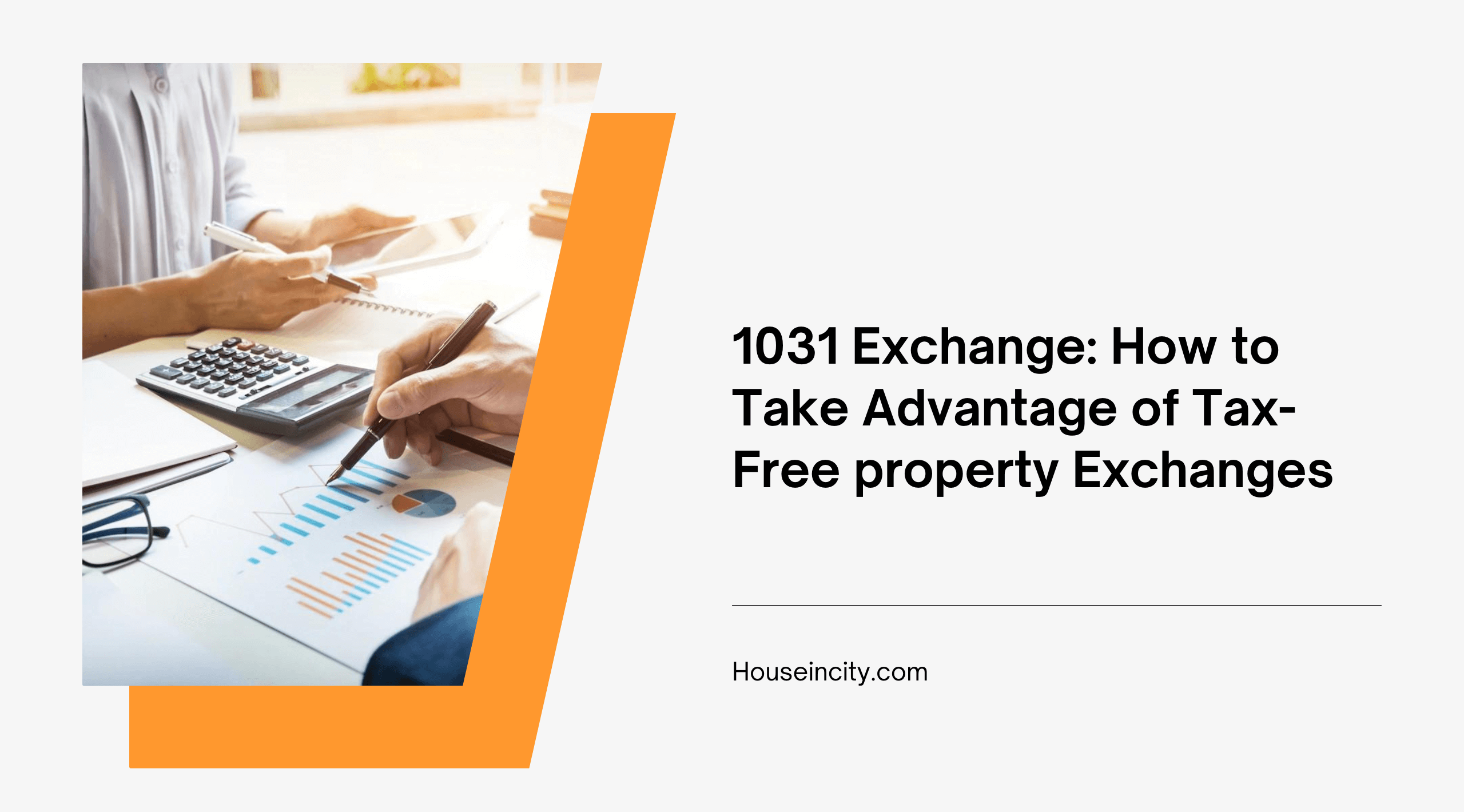One of the best ways to avoid paying taxes on a property transfer is to use a 1031 exchange. This IRS-approved process allows you to sell one property and reinvest the proceeds into another property without having to pay any capital gains taxes.
In this article, we will discuss how 1031 exchanges work and provide some tips on how you can take advantage of them!
A crucial part of a successful exchange is finding replacement property that meets the requirements set by the IRS. These requirements include finding the property of equal or greater value and using all of the proceeds from the sale to purchase the new property. The investor must also hold the replacement property for investment or business purposes.
1031 Exchange Rules
There are a few different 1031 exchange requirements you must meet to qualify for a successful exchange.
First, you must identify the property you intend to exchange within 45 days of the sale of your original one. You can do this by submitting a written statement to the IRS with the address and description of the replacement property. You will also need to provide an estimate of the purchase price.
Once you have identified the replacement property, you must complete the purchase within 180 days of the sale of your original investment. If you cannot do this, you will be required to pay capital gains taxes on the sale of your original property.
Suppose you are planning on using a professional intermediary to help with your exchange. In that case, you will need to have a written agreement in place before the sale of your original property takes place.
This agreement must state that the intermediary will hold the proceeds from the sale and use them to purchase the replacement property on your behalf.
Tips for Successfully Completing a 1031 Exchange
One of the best tips for completing a 1031 exchange is working with a professional intermediary. This person can help you navigate the process and ensure that you comply with all of the IRS rules.
Alternatively, start planning your exchange as early as possible. This will give you more time to find the right replacement property and put all the necessary paperwork in place.
With careful planning and preparation, you can complete a 1031 exchange successfully and save yourself a significant amount of money!
How to Choose a Replacement Property for a 1031 Exchange
When it comes to choosing a replacement property for your exchange, there are a few things you need to keep in mind:
- The property must be of equal or greater value than the original
- You must use it as an investment or for business purposes
You will also need to consider the location of the replacement property. If you are exchanging a rental property, for example, you will want to choose a replacement property in a similar area. This will help minimize the disruption to your tenants.
Like-Kind Exchanges: What They Are and the Different Types
One of the most important things to remember when completing a like-kind exchange is to use both properties for investment or business purposes. Therefore, you cannot exchange a primary residence for an investment property.
The IRS also has strict rules about the type of property you can exchange. In general, most types of real estate are considered to be like-kind. This includes office buildings, retail space, warehouses, and multifamily dwellings.
It is important to note that you cannot exchange personal property for real estate. For example, you cannot exchange a car for a rental property.
There are two types of like-kind exchanges: simultaneous exchange and deferred exchange.
A simultaneous exchange is when you sell one property and use the proceeds to purchase another property at the same time. This type of exchange is relatively simple to complete and can be done without the help of a professional intermediary.
On the other hand, a deferred exchange is when you sell one property and then have a period to find and purchase the replacement property. This type of exchange is more complex, and you will need to work with a professional intermediary to complete the transaction.
Deferred exchanges are often used when taxpayers need more time to find the right replacement property.
Final Verdict
Are you thinking about using a 1031 exchange? It’s essential to consult with a qualified tax professional to ensure that you are following all of the IRS rules and regulations. With proper planning and guidance, you can use this powerful tool to defer taxes on your property transfer and reinvest in another property!

